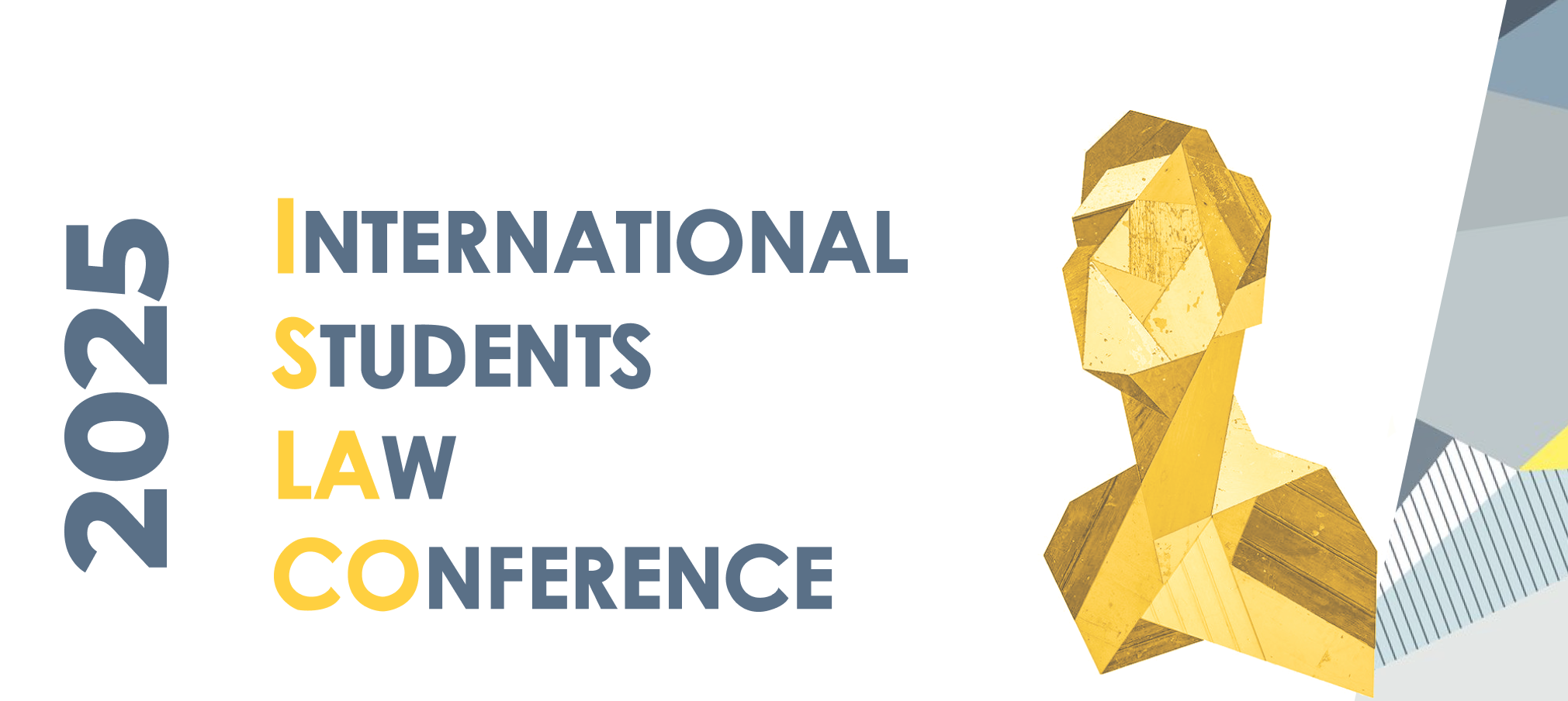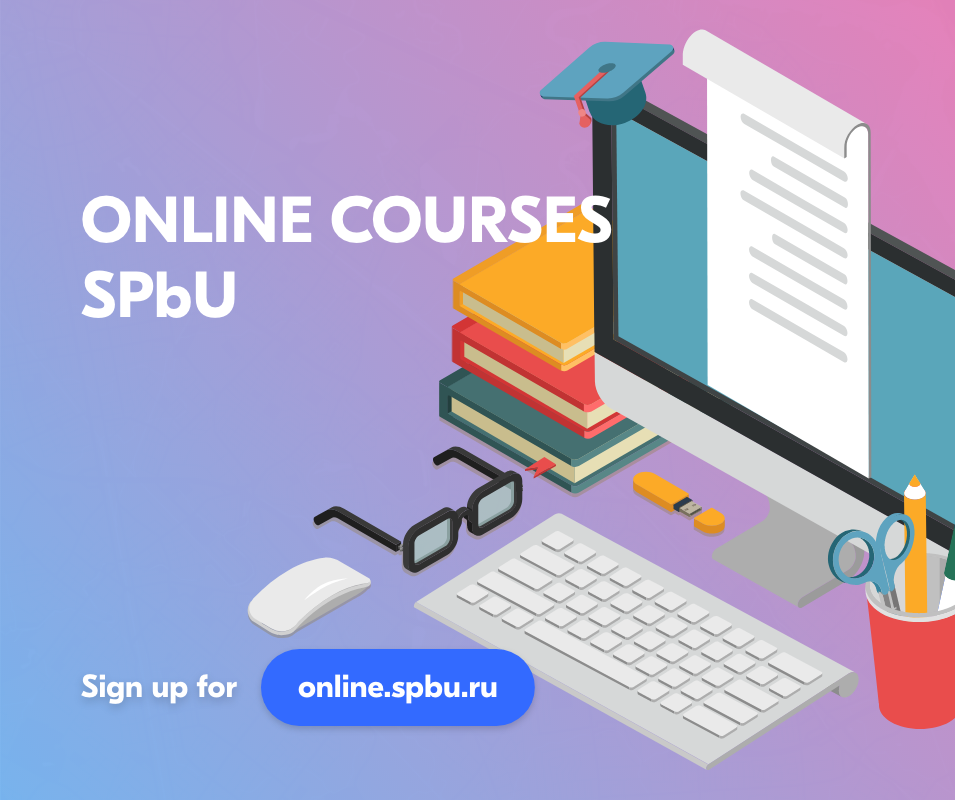For foreign participants
«BRICS+ Law in the Post-Globalisation Context»
Annex №1. Example of design of abstracts
The BRICS organisation, year on year, exhibits a dynamic and accelerating trajectory of consolidation and expansion, a phenomenon increasingly recognized as a defining factor of the post-globalisation era. This burgeoning cooperation rests upon a shared commitment to enhancing the well-being of each member state’s citizenry, fostering robust economic growth, and establishing a framework for mutually beneficial and productive engagement. However, the realisation of these ambitious objectives in interstate relations hinges critically not merely upon mutual understanding, but also upon a significant degree of convergence among the diverse legal systems of the BRICS nations. The intensity of economic and other inter-state linkages is, to a considerable extent, contingent upon this crucial factor of legal harmonisation.
This year, the iSLaCo Organising Committee extends a cordial invitation to promising young researchers to delve into the intricacies of legal regulation across various branches of law within the BRICS countries. We encourage exploration of the existing similarities and disparities inherent in BRICS legal institutions, a thorough examination of the legal dimensions underpinning interactions among member states, and a forward-looking analysis of the potential impacts of post-globalization on these evolving legal landscapes.
The following sections are scheduled to be included in the conference programme:
1. Constitutional Economics in the Context of the BRICS Vector
(abstracts for the section are accepted only in Russian)
Section Moderators:
Sergey Alexandrovich Belov, Dean of the Faculty of Law of SPbU, Professor of the Department of Constitutional Law, Head of the Department of Constitutional Law of SPbU, PhD in Juridical Science
Mikhail Arkadyevich Revazov, Lecturer at the Faculty of Law of SPbU, PhD in Juridical Science
Section Description:
The foundational principle enshrined in the preamble of the Russian Federation’s Constitution – the affirmation of Russia’s multinational population as an integral component of the global community – presents a compelling and enduring questions: What is the precise substantive meaning of this declaration, and what are its attendant implications for the interactions of Russian entities within the broader framework of international relations?
The global community, as widely recognized, operates largely upon the principles of economic exchange, with states strategically pursuing foreign policy objectives, including participation in international associations like BRICS, to maximise national economic benefits. However, even within the realm of foreign policy decision-making, a state’s actions are not unfettered; it remains irrevocably bound by the constitutional obligations it has undertaken.
Insightful contributions exploring the potential limitations on the foreign economic activities of the BRICS countries, viewed through the indispensable lens of safeguarding citizens’ constitutional rights, particularly those of a social and economic nature are heartily invited. Participants are encouraged to conduct a detailed analysis of the Russian context, enriched by a comparative perspective that incorporates the legal systems of other BRICS countries.
2. Investment Arbitration: Today and Tomorrow
(abstracts for the section are accepted only in English)
Section Moderators:
Daria Aleksandrovna Fatalieva, Assistant of the Department of Theory and History of Law and State of SPbU
Anna Bogdanovna Gavkalyuk, Lawyer of the “Monastyrsky, Zyuba, Stepanov & Partners”
Section Description:
Investment arbitration as a mechanism for the dispute resolution between foreign investors and host States serves as a safeguard for investors' interests and helps to attract foreign investment. At the same time, although BRICS member states have a number of economic characteristics, including abundance of resources, and are promising in terms of revenue generation, the investment arbitration institute in the region is undergoing a stage of development. The regulation of disputes between investors and states is heterogeneous, which also affects the volumes of foreign direct investments.
The participants of this section are invited to consider the most notable cases adjudicated in the territory of BRICS member countries in the last few years, to trace the emerging trends in dispute resolution practices, to consider the need for establishment of separate investment arbitration in the territory of BRICS member countries, its commitment to the ideology of investor protection or state, to establish separate special rules or regulations for such arbitration, other pertinent issues currently affecting investment arbitration in the BRICS context and its future trajectory.
3. Intellectual Property Law in the BRICS Countries
(abstracts for the section are accepted in Russian or in English)
Section Moderators:
Vladislav Vladimirovich Arkhipov, Professor of the Department of Theory and History of State and Law, Head of the Department of Theory and History of State and Law of SPbU, Doctor of Juridical Science
Anastasia Vyacheslavovna Gracheva, Lecturer at the Faculty of Law of SPbU
Section Description:
Intellectual property is commonly called the oil of the XXI century. Authors, inventors and other creators and intellectuals are motivated to contribute to the progress as their creations can be protected. Meanwhile, successful business is based inter alia on the reputation standing behind its brand and providing for multiplied profits.
Intellectual property market is now growing faster than the one for goods and services. The modern system of intellectual property rights regulation is the basis for social and economic cooperation among the BRICS members. Global intellectual property protection system and international cooperation in this field face new problems and challenges. The interaction of states within BRICS is one of the most effective ways to surmount them.
Participants are invited to conduct a comparative analysis of the intellectual property regulation in the participating states, to identify common trends specific to the countries of BRICS. It is also possible to consider the topics of cooperation between national intellectual property rights protection agencies within the framework of the BRICS IPO, the implementation of joint projects and initiatives.
Possible topics: “Harmonization of Legislation in the Field of Intellectual Property Protection: the Experience of the BRICS Countries”, “International Cooperation between the BRICS Countries in the Field of Intellectual Property Protection", “Problems of Copyright and Trademark Protection in the BRICS countries”, “The Role of International Organizations (WIPO, WTO) in Protecting Intellectual Property in the BRICS Countries”, “Digital Economy and Intellectual Property: Challenges and Opportunities for the BRICS Countries”, “Combating Counterfeiting and Piracy in the BRICS Countries: Legislative Measures and Practical Solutions”.
4. Criminal Law of the BRICS Countries: Contemporary Challenges and the Search for Answers
(abstracts for the section are accepted only in Russian)
Section Moderators:
Elena Vladimirovna Suslina, Associate Professor of the Department of Criminal Law of SPbU, PhD in Juridical Science
Evgenia Vladimirovna Ivanova, Senior Lecturer at the Department of Criminal Law of SPbU, PhD in Juridical Science
Section Description:
The dynamic evolution of society, marked by shifting social norms and technological advancements, necessitates a continuous adaptation of legal frameworks to remain relevant and effective. This imperative is particularly acute in the realm of criminal law, the fundamental purpose of which is the preservation of public order and the protection of enshrined societal values. Each legislative amendment, each new edition of criminal codes, reflects an ongoing process of adjusting the legal framework to better address the complexities and evolving needs of contemporary society.
Simultaneously, the emergence of complex problems, often exceeding the resources of individual nation-states, underscores the critical importance of enhanced international cooperation in the field of criminal justice.
The discussion will concentrate on the innovations reshaping contemporary criminal law, examining prevailing trends in the reform and improvement of criminal legislation. The panel will investigate the transformative role of information technology, exploring the significant implications for the development of criminal law in the Russian Federation. The discussion will utilise a comparative approach, analysing these developments within the framework of the BRICS+ countries in order to assess the prospects for future cooperation among BRICS+ member states in the field of criminal law.
5. International Legal Cooperation: New Perspectives on the Old Issues
(abstracts for the section are accepted in Russian and in English)
Section Moderators:
Innokenty Igorevich Karandashov, Associate Professor of the Department of International Law, Acting Head of the Department of International Law of SPbU, PhD in Juridical Science
Igor Stanislavovich Marusin, Professor of the Department of International Law of SPbU, Doctor of Juridical Science
Section Description:
The evolution of relationships among nations, coupled with their increasing recognition of the necessity for socio-cultural and political-economic collaboration, has culminated in the establishment of a diverse array of treaties, including those pertaining to mutual legal assistance. Furthermore, the gradual emergence of various integration associations, such as the EAEC and the BRICS coalition (recently expanded to BRICS+) has become increasingly prominent in the international arena.
However, this prompts a series of pertinent inquiries regarding the future prospects for international legal cooperation among states. Are the problems that arise in such cooperation, not the result of approaches that in the context of contemporary realities require reform? What factors favour or hinder international legal cooperation of States? What lessons can be drawn from history in order to make international legal cooperation between states more effective in the current global landscape? These critical questions will serve as the focal point of discussion for the participants in this section.
6. Globalisation vs. Post-Globalisation: Advantages and Disadvantages
SECTION FOR STUDENTS OF SECONDARY EDUCATIONAL INSTITUTIONS (SCHOOLS, LYCEUMS, GYMNASIUMS)
(abstracts for the section are accepted only in Russian)
Section Moderators:
Iya Ilyinichna Osvetimskaya, Associate Professor of the Department of Theory and History of State and Law of SPbU, PhD in Juridical Science
Vyacheslav Valeryevich Suyazov, Associate Professor of the Department of Theory and History of State and Law of SPbU, PhD in Juridical Science
Section Description:
The phenomenon of globalisation has culminated in the establishment of a cohesive legal, political, socio-economic, and informational framework, wherein the various components function as integral elements of the global community. It is essential to recognize that globalisation, in and of itself, is neither beneficial nor detrimental; rather, it possesses an intrinsic ambivalence. This duality implies that globalisation can yield both advantageous outcomes - such as enhanced comfort and prosperity for societies - and detrimental consequences, including environmental catastrophes and the exacerbation of social inequalities.
The specific nature of the impacts of globalisation on any given state is largely contingent upon that state's capacity and willingness to harness the opportunities presented by globalisation. However, it is crucial to acknowledge that globalisation is characterised by asymmetry, for the extent to which states engage in its processes varies significantly from one nation to another.
Moreover, the globalisation process is increasingly accompanied by previously unobserved counter-trends, which can be described as anti-globalization movements. These phenomena include disintegration and fragmentation, as well as regionalisation and localisation. Collectively, these trends can be encapsulated under the term "post-globalization", which refers to a growing inclination among nation-states to eschew global standards in favour of preserving the unique characteristics of their national cultures. This shift often manifests in the formation of associations and collaborations at regional and local levels, rather than through overarching global frameworks.
This year young researchers are cordially invited to partake in an enriching dialogue centred on the positive and negative attributes of both globalisation and post-globalisation; to delve deeply into the significant ramifications that these phenomena have on diverse spheres of social life, exploring their implications across economic, cultural, political, and environmental dimensions. Particularly, we urge scholars to focus their inquiries on the critical involvement of legal institutions and mechanisms in these dynamic processes empowering states to unify the typical but preserve the unique foundation of society.

 St Petersburg University is an active participant in creation and promotion of affordable quality online-education. Courses can be found on online platforms Coursera.org and the Russian National Open Education Platform — openedu.ru
St Petersburg University is an active participant in creation and promotion of affordable quality online-education. Courses can be found on online platforms Coursera.org and the Russian National Open Education Platform — openedu.ru